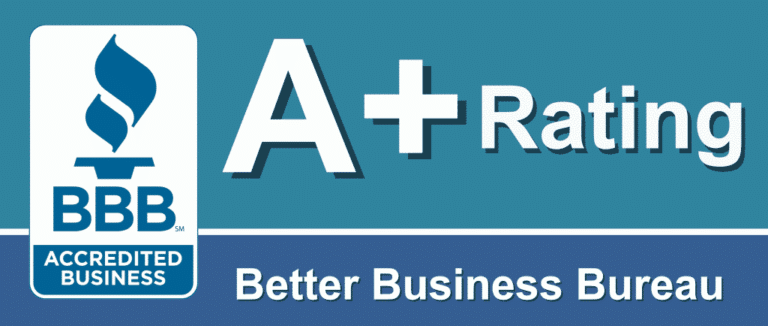For years, my family and I have used bottled water for drinking and cooking. In the office we also used bottled water. Because the cost kept escalating, my son, Adam and I investigated filtering tap water. Of course the question has to be asked, “Is any of this necessary, why not just drink tap water?”
This month I will share with you the results of our inquiry.
Our bodies need water – pure, healthy water. Unfortunately, at present, our sources of drinking water have been compromised. Our lakes, streams, wells, and rivers all have some levels of contamination. True, many of the contaminants are present at low levels; however, over time they do accumulate in our bodies. Even the chlorine used to disinfect water is a toxin. And don’t forget fluoride – a major toxin added to many public water supplies.
As I have repeatedly said, I believe the accumulation of toxins in our bodies is our greatest health threat.
In addition to the water contaminants we normally think of (i.e., lead, arsenic, Giardia, Cryptosporidium etc.), now prescription drugs are being detected in our municipal water supplies. These include antibiotics, sex hormones, mood stabilizers, and anticonvulsants.
Because of concerns about the purity of tap water, Americans drank 9 billion gallons of bottled water in 2007. This comes to about 29 gallons for each person in the United States. People spent $22 billion on bottled water last year. The market for bottled water has grown 10% every year since 2001.
Of course, to justify the expense, the question has to be asked, “Is bottled water that much better than tap water?”
Tap water is regulated by the EPA, which requires that yearly reports be provided to the public. On the other hand. bottled water is regulated by the FDA, which has no such requirements to report levels of contaminants. Whereas tap water must be tested for the parasites Cryptosporidium and Giardia, the FDA does not require bottled water to be tested for these. Tap water may not contain any E. coli, while bottled water may contain a certain amount. Tap water must meet certain standards for chemical levels i.e., phthalates, while bottled water is exempt.
When buying bottled water, it is also important to read the label.
Forty-five percent of water sold in single serve bottles contain tap water. Make sure the label says “purified”, this means that the tap water was distilled, ionized, or treated by reverse osmosis. If the label says spring water, it must come from an underground spring.
Advertising leads us to believe that bottled water is pure and held to a higher standard than tap water. Yet studies seem to indicate otherwise. The Environmental Working Group did a study on bottled water and found chemical contaminants in every bottled water brand analyzed. Cancer-causing chemicals in bottled water purchased from five states substantially exceeded the standards set by the bottled water industry. It is important to be aware that these water standards are voluntary, and given the fact that many bottled water companies will not release a report of their contaminants or their levels, the purity of bottled water is very suspect. I requested a report of contaminants from Poland Springs; the report was dated 2004. I wonder how frequently they test their water!
If you drink bottled water, what about the plastic bottles in which they are sold?
The bottled water that comes in the smaller containers leach phthalates. Phthalates are endocrine disruptors. Plastic water bottles stored for a long time, or in the sun, will have higher levels of phthalates.
If you reuse the plastic bottles, you also will have higher levels of contaminants. I have one patient who distilled her own water and regularly placed it into plastic bottles which she reused. She developed intestinal problems and chronic diarrhea. She managed to figure out that the plastic bottles were creating her problems.
While it is true that phthalates are all around us – in nail polish, pesticides, perfumes, and in the coating of time- released pills, I believe that phthalates are particularly troublesome in bottled drinking water, exposing us to much higher toxic levels when we drink a lot of water. The gallon sized bottles made of soft plastic are even worse as far as leaching phthalates. The 5 gallon water bottles are high density polyethylene. These are much better with regard to leaching phthalates, but they can impart bisphenol -A, a carcinogen which mimics estrogen.
Water is chlorinated in order to kill bacteria. When the chlorination chemicals combine with organic matter in the water, trihalomethanes are produced. Trihalomethanes have been linked to bladder and rectal cancer and to miscarriage.
So where does this leave us?
I have come to the conclusion that if you have tap water that is non-fluoridated and you remove the chlorine with a charcoal filter, this water will be similar to bottled tap water, but much less expensive. However, you are still left with a certain amount of contaminants. Purified bottled water, such as Aqua Fina will be better because the tap water will have been cleansed through a process of reverse osmosis; however, you still have the problem with the water coming in a plastic bottle.
It seems that the most economical and best type of drinking water will be that produced by distillation or reverse osmosis in your own home.
Next month, I will discuss these two methods of purifying drinking water.
© 2008, Mark A. Breiner, DDS
The information presented is for educational purposes only. You should consult a qualified health practitioner for diagnosis and treatment.


